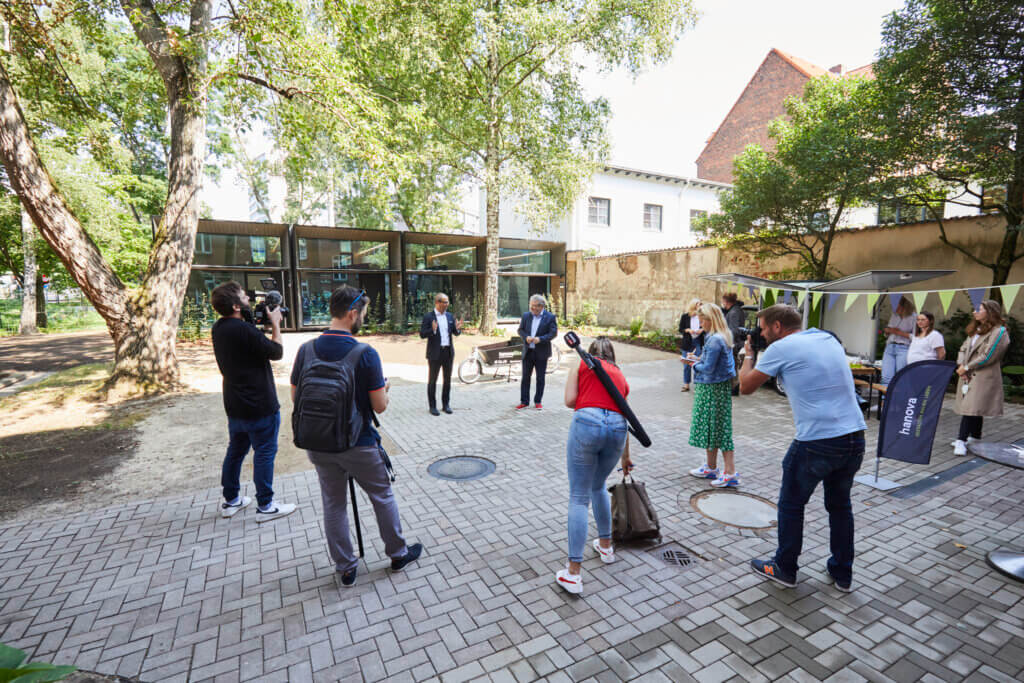“Buildings are generally among the planet’s worst climate offenders” writes The Economist this month.
According to the International Energy Agency, the heating, cooling, and use of buildings account for 27% of global energy-related CO2 emissions. Huge amounts of steel, concrete and many toxic materials are needed when building houses. Furthermore: demolition accounts for another 10% of the global CO2.
And yet, according to The Economist, by one estimate, cities will need to add 13,000 buildings every day, globally, until 2050, to keep up with population growth.
The property industry has a huge carbon footprint. Landlords, property owners have little motivation to modernise existing climate-offending buildings. Owners need to be incentivised to make their properties more energy-efficient, incorporating new technologies to replace fossil-fuel boilers, achieve better insulation of the structures, better control systems adjusting energy consumption, to name but a few.
In cities, building codes can pre-define how property developers build and what their choices of building methods are. More bold decision-making and reforms from local governments are needed to allow smaller living spaces and housing units into the cities, support the creation of a good urban environment with sidewalks and mixed use properties and communities
Better decisions are also needed on when to demolish buildings, creating waste and pollution, and when to retrofit them. And green building codes – a powerful tool – can help make sure that new buildings are far greener than before.
Here’s why we need to start making houses and plan cities in a different way.
Air temperatures rising to +30°C / 86°F, or more in European summer are amplified in concrete-and-glass covered urban environments, where, due to the lack of urban trees and vegetation, temperature can rise by as much as 10 degrees. Designing neighbourhoods so that natural ventilation and cooling makes the best use of the winds of the shaded side of the buildings helps cut energy costs on cooling. Adding trees to provide shade from the sun and wind is highly important as well – sustainable landscape architecture is a key element in great, low-energy consumption urban areas.
KODA houses are one solution to the mismatch between the housing supply and global housing need. You can install KODAs individually or in multiples and place them according to your need, the ground, local planning laws – and your budget. You can even go 2 stories high, or as wide with the number of units as your local rules and regulations allow.
What we aim for is to change the way mass-produced homes are designed and delivered, contributing to a better quality of life, healthier communities, happier people and diversity, resulting in smart cities, where human needs are the core values. Less disruption is created when placing factory-made housing into cities. Many trees are saved and less CO2 emitted – due to much shorter on-site construction period, cutting the construction-related transport traffic.
The good news is also that better construction methods, such as prefabricated housing, are more energy- and carbon efficient – even if still widely underused. Time for a change!
Here’s an example of a climate friendly urban planning project using wooden KODA houses in Hannover, Germany. Read more here.

